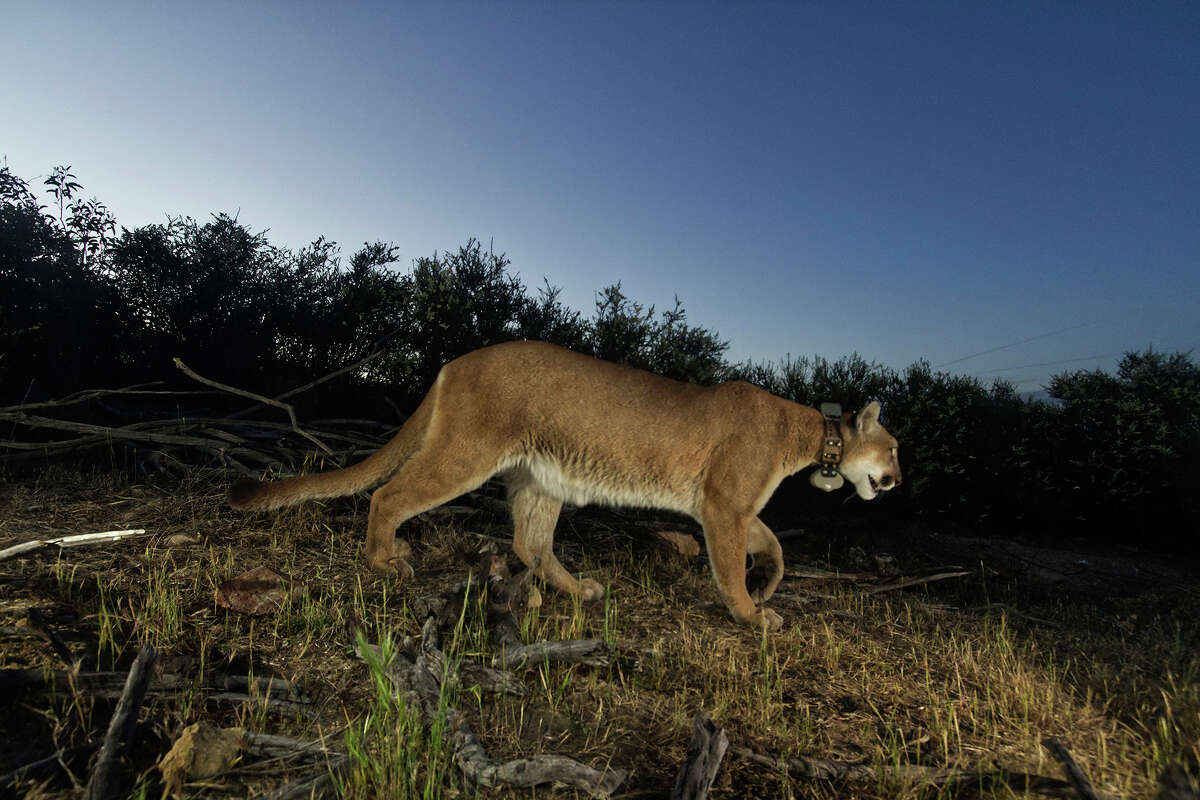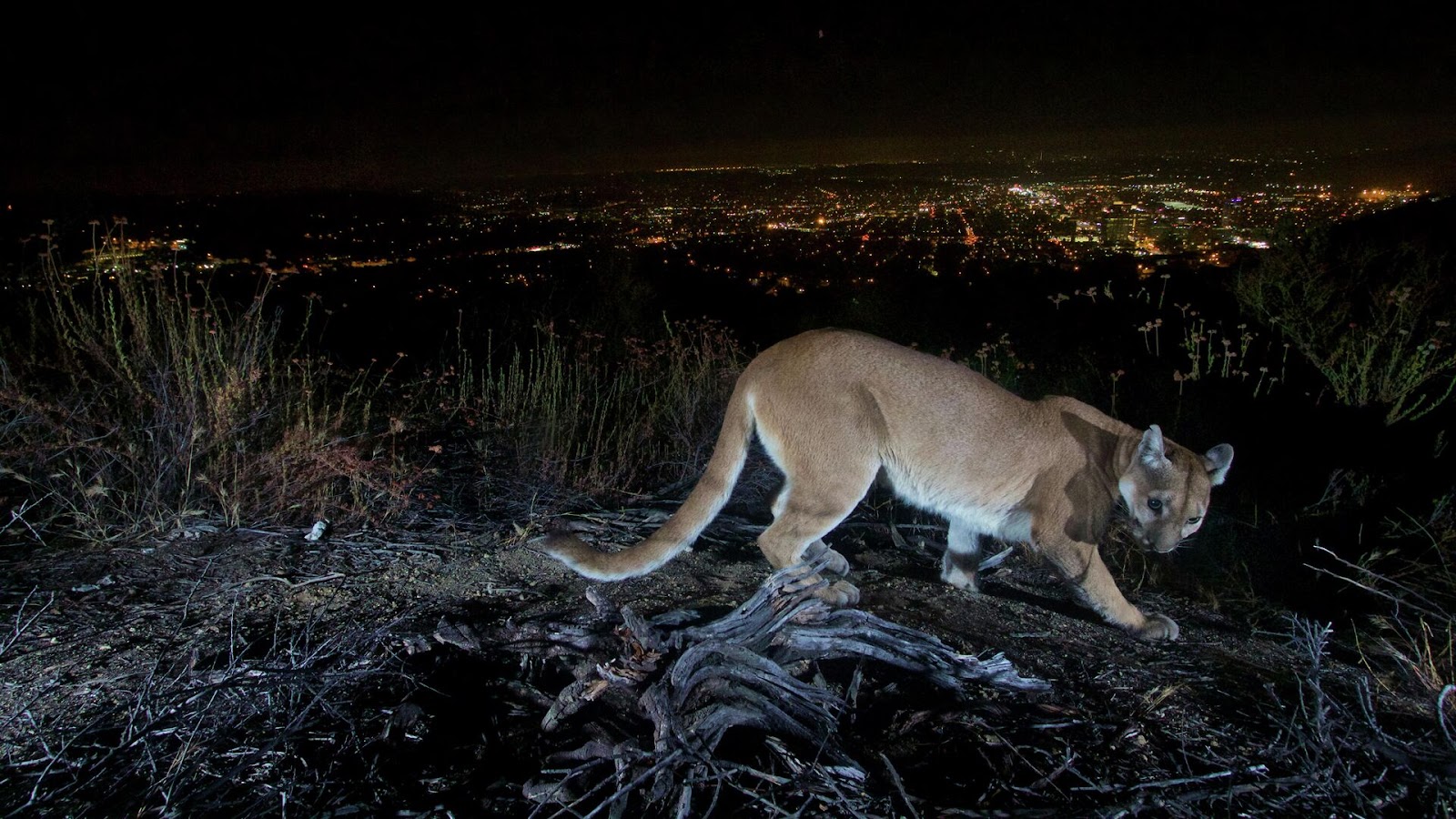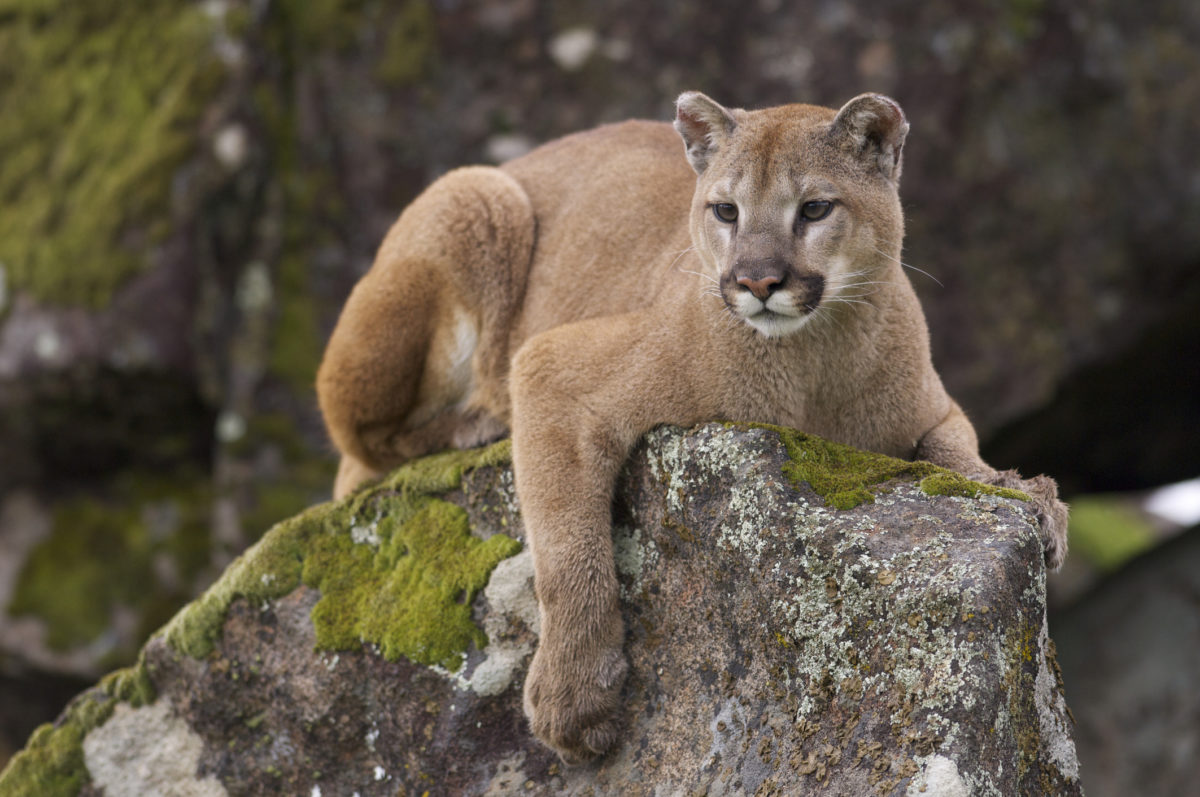In early October 2023, the killing of a mountain lion in Oceanside, California, stirred significant controversy and discussion among residents, conservationists, and wildlife officials. As urban areas increasingly encroach on natural habitats, such incidents raise essential questions about the coexistence of humans and wildlife, as well as the management of large predators in suburban environments. This article examines the events surrounding the mountain lion’s death, the broader implications of human-wildlife conflict, and potential solutions for fostering harmony between communities and their natural neighbours.
The Incident in Oceanside

The mountain lion was first spotted wandering through residential neighbourhoods in Oceanside, a coastal city in northern San Diego County. Residents reported sightings of the animal, raising concerns for their safety. Mountain lions, also known as cougars or pumas, are powerful predators known for their stealth and hunting prowess. Although attacks on humans are rare, the mere presence of a mountain lion in a populated area can provoke fear and anxiety among residents.
When wildlife officials and the Oceanside Police Department arrived on the scene, their priority was to assess the situation and determine how best to manage the animal. Despite efforts to safely capture and relocate the mountain lion, the decision was made to kill it after it was deemed a threat to public safety. This decision ignited a passionate debate in the community, with many questioning the necessity of lethal force and advocating for non-lethal alternatives.
Understanding Mountain Lions

Mountain lions are solitary, adaptable animals native to the Americas. They inhabit various environments, including forests, mountains, and even urban areas. As apex predators, they play a crucial role in maintaining the balance of ecosystems by controlling populations of prey species. In California, mountain lions are classified as “specially protected species,” making it illegal to hunt or kill them without a specific permit.
In recent years, the expansion of urban development has fragmented mountain lion habitats, leading to increased encounters between these animals and humans. Young male mountain lions, in particular, often roam into suburban areas in search of new territories, putting them in direct contact with people.
The Growing Problem of Human-Wildlife Conflict
The killing of the mountain lion in Oceanside highlights the broader issue of human-wildlife conflict, which has become increasingly prevalent as urbanization continues to encroach on wildlife habitats. The human population in areas like California is rapidly growing, leading to the development of residential neighborhoods, shopping centers, and other infrastructures that disrupt natural ecosystems.
When wild animals are pushed into closer proximity with humans, the potential for conflict escalates. This interaction can result in various challenges, including property damage, livestock predation, and threats to human safety. Urban wildlife encounters can often lead to heightened emotions, as residents grapple with the fear of predators in their backyards.
The Debate Over Lethal vs. Non-Lethal Management

The decision to kill the mountain lion in Oceanside raises critical questions about the most appropriate methods for managing wildlife that pose threats to humans. There are two primary approaches to dealing with wildlife conflicts: lethal and non-lethal management.
1. Lethal Management
Lethal management involves using deadly force to address immediate threats posed by wildlife. In cases where an animal is perceived as dangerous and cannot be safely relocated, authorities may decide to kill the animal to protect public safety. Advocates of this approach argue that human life should always take precedence over wildlife and that swift action is necessary to prevent potential attacks.
In the Oceanside case, wildlife officials likely felt that the mountain lion posed an imminent danger to residents. Given the proximity to homes and the unpredictability of the animal’s behavior, the decision to kill the lion may have seemed like a necessary precaution to ensure safety.
However, critics of lethal management argue that killing wildlife should always be a last resort. They contend that there are often non-lethal alternatives that can be pursued to address conflicts without resorting to violence.
2. Non-Lethal Management
Non-lethal management strategies involve using methods to mitigate human-wildlife conflicts without harming the animals. These strategies can include relocation, aversion techniques, and habitat restoration. In the case of mountain lions, capturing and relocating the animal to a more suitable environment is often the preferred option when feasible.
Many conservation organizations advocate for non-lethal approaches to wildlife management. They emphasize the importance of understanding animal behavior and ecology, as well as the need for community education on how to coexist with wildlife. For instance, securing food sources, keeping pets indoors, and using noise deterrents can help reduce the likelihood of conflicts.
In Oceanside, many residents and animal rights advocates argued that more should have been done to capture and relocate the mountain lion rather than resorting to lethal measures. They believe that with proper resources and planning, wildlife authorities could have safely moved the animal away from populated areas.
The Importance of Wildlife Management Strategies

Effective wildlife management is crucial in areas where human development overlaps with natural habitats. The killing of the mountain lion in Oceanside underscores the urgent need for comprehensive strategies that prioritize both public safety and wildlife conservation.
- Community Engagement and Education
- Raising awareness among residents about living in proximity to wildlife is essential. Educating the public on how to prevent conflicts and recognize animal behavior can help reduce fear and promote coexistence.
- Wildlife Corridors
- Creating wildlife corridors can facilitate safe passage for animals as they navigate urban landscapes. These designated areas connect fragmented habitats, allowing wildlife to move freely without encountering human settlements.
- Wildlife Monitoring
- Implementing monitoring programs can help authorities track wildlife movements and anticipate potential conflicts. This data can inform decisions about when and how to intervene in human-wildlife interactions.
- Non-Lethal Conflict Resolution
- Investing in non-lethal conflict resolution techniques, such as relocation and aversion methods, can preserve wildlife populations while ensuring public safety.
Conclusion
The killing of a mountain lion in Oceanside serves as a stark reminder of the challenges posed by human-wildlife conflict in an increasingly urbanized world. As communities expand into natural habitats, the potential for encounters with wildlife will continue to rise.
Finding a balance between public safety and wildlife conservation is essential for fostering coexistence in shared environments. The Oceanside incident has sparked important discussions about the effectiveness of lethal versus non-lethal management strategies and the need for comprehensive approaches to wildlife management.
By prioritizing education, community engagement, and innovative conservation methods, we can work towards a future where humans and wildlife can coexist peacefully. Ultimately, protecting both people and animals requires a commitment to understanding and addressing the complexities of human-wildlife interactions in our rapidly changing world.










